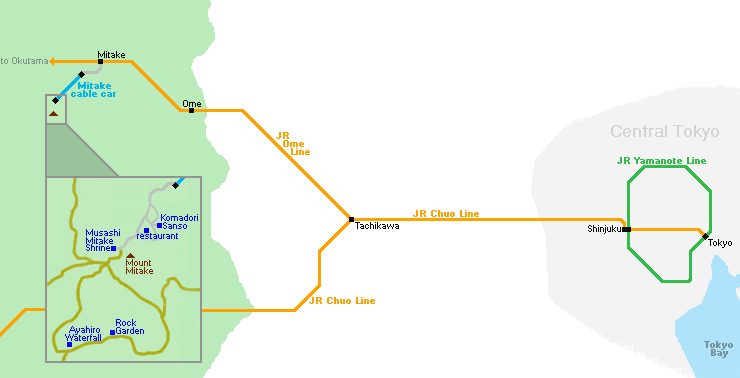An overnight escape on Tokyo’s Mount Mitake
Tokyo is Japan's largest metropolis and a concrete jungle packed with millions of people navigating extensive train and subway networks under neon-lit streets. Tranquility isn't a word that often comes to mind when one considers this part of the country, but to the west of the urban sprawl, in an area of Tokyo known as Okutama, visitors can escape the hustle and bustle to pristine countryside replete with lush mountains and traditional townscapes.
Mount Mitake, a nature spot and ancient center of mountain worship, serves as a stunning example of this kind of escape. Best of all, the mountain can be reached from central Tokyo in just over an hour and for around 1000 yen by train. For this report, I was heading there to enjoy an overnight stay while experiencing some of its unique charms including its verdant mountainside forests, awe-inspiring spiritual sites and practices, and quaint townscape.
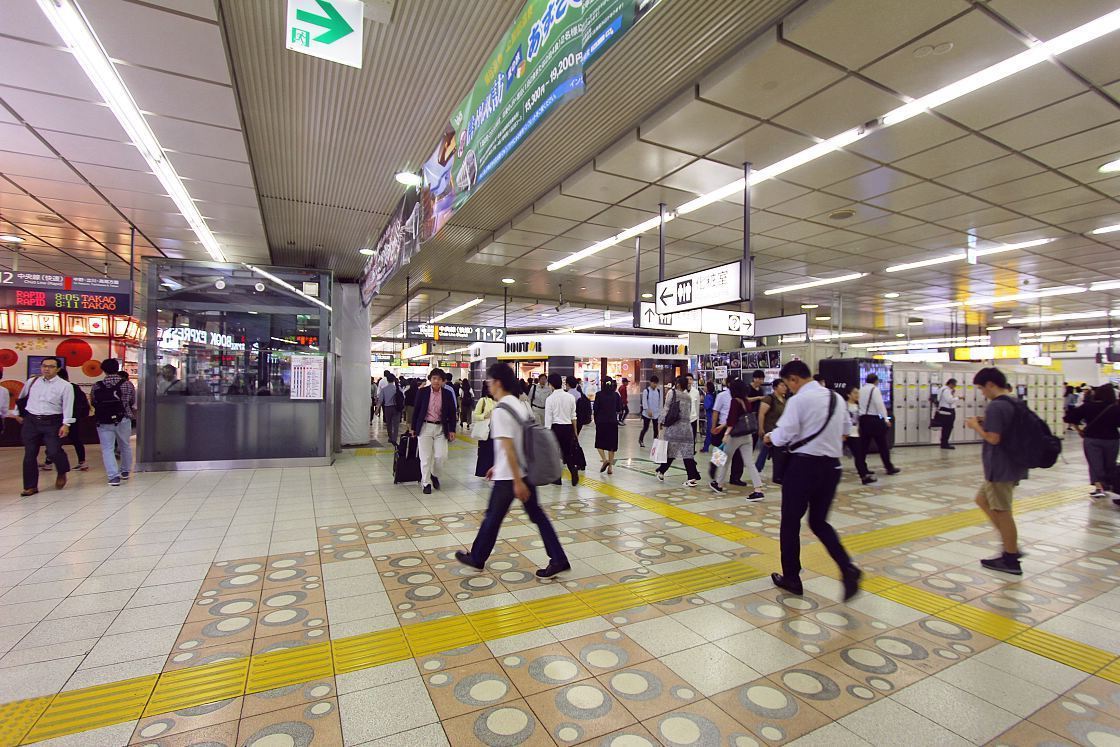
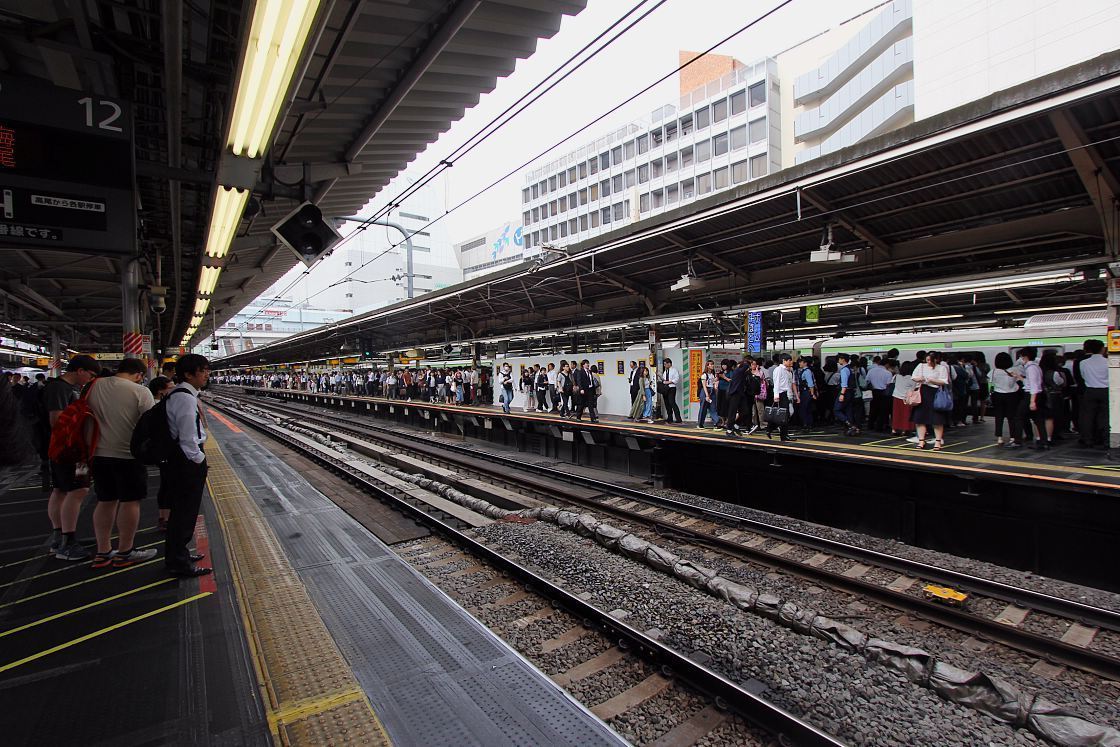
Day 1
I began at Shinjuku Station in central Tokyo, which serves around 3.5 million passengers daily and is the busiest train station in the world. Experiencing the morning rush hour here, I found it hard to believe that I could reach somewhere rural, tranquil, and seemingly a million miles away from the urban sprawl in just over an hour. This indeed was the case however, and 80 minutes after boarding my train, I had arrived at Mitake Station in the middle of the countryside.
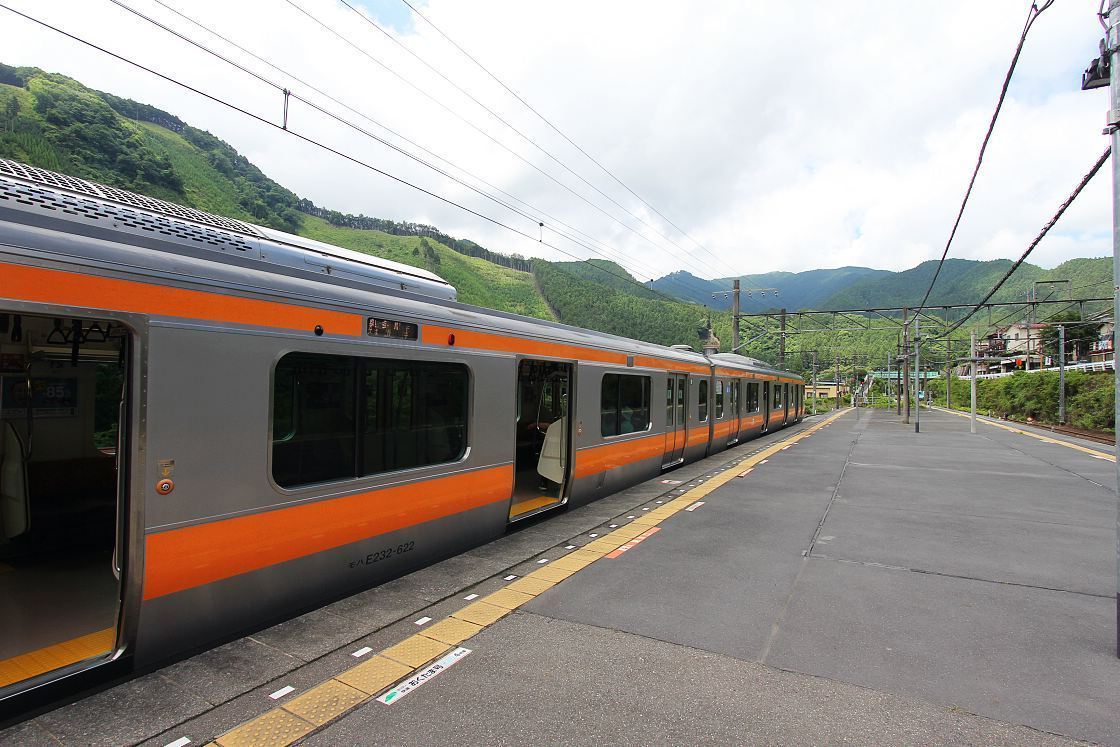
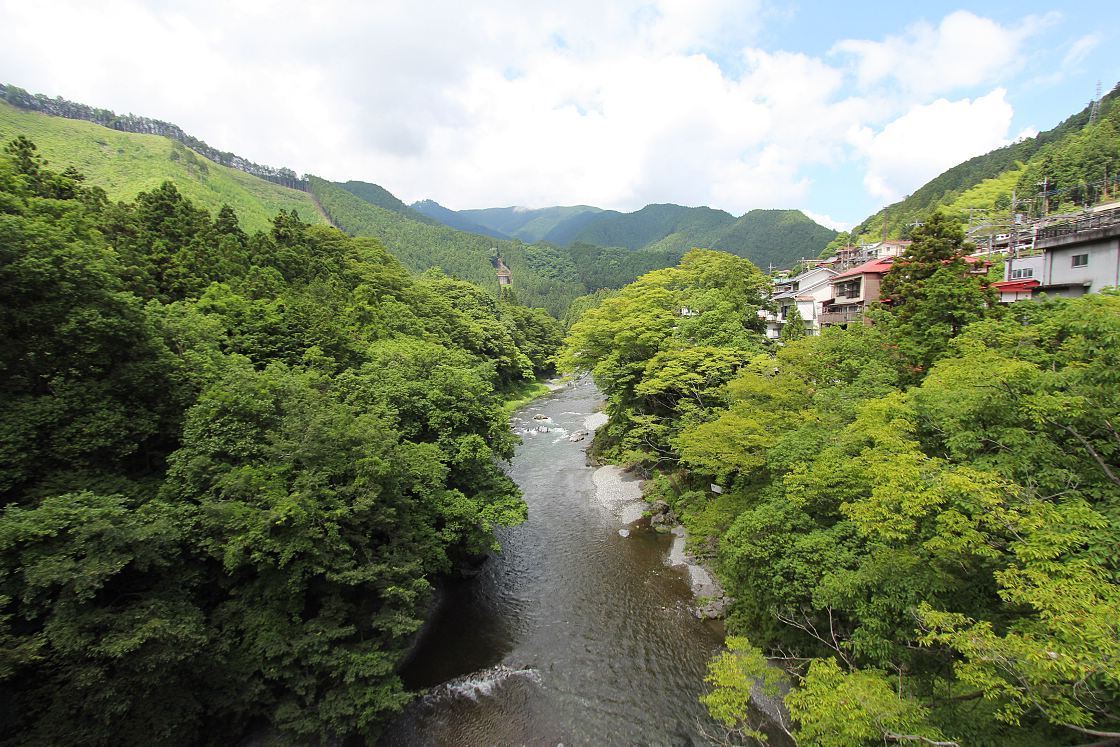
Upon arriving at Mitake Station, I took a short bus ride to the lower cable car station and then boarded the Mitake cable car up the mountain. The 6-minute ride up the steep mountain provided pleasant views of the lush hillside. After alighting at the top station, I walked along the hillside into the main mountaintop town.
The walk took around 15-minutes, following a path that wound through a small section of forest before opening up onto narrow streets with houses and lodgings dotted along them. After navigating the bends and small hills, I finally reached the town's small main street which is lined with a few restaurants and souvenir shops.
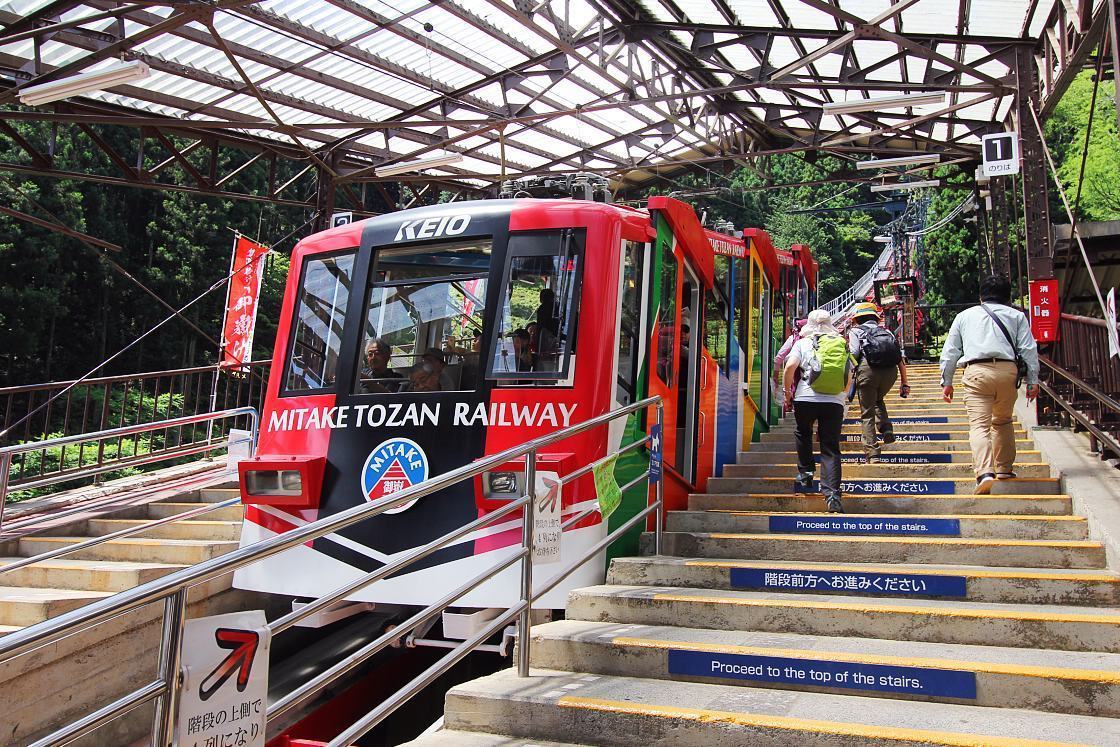
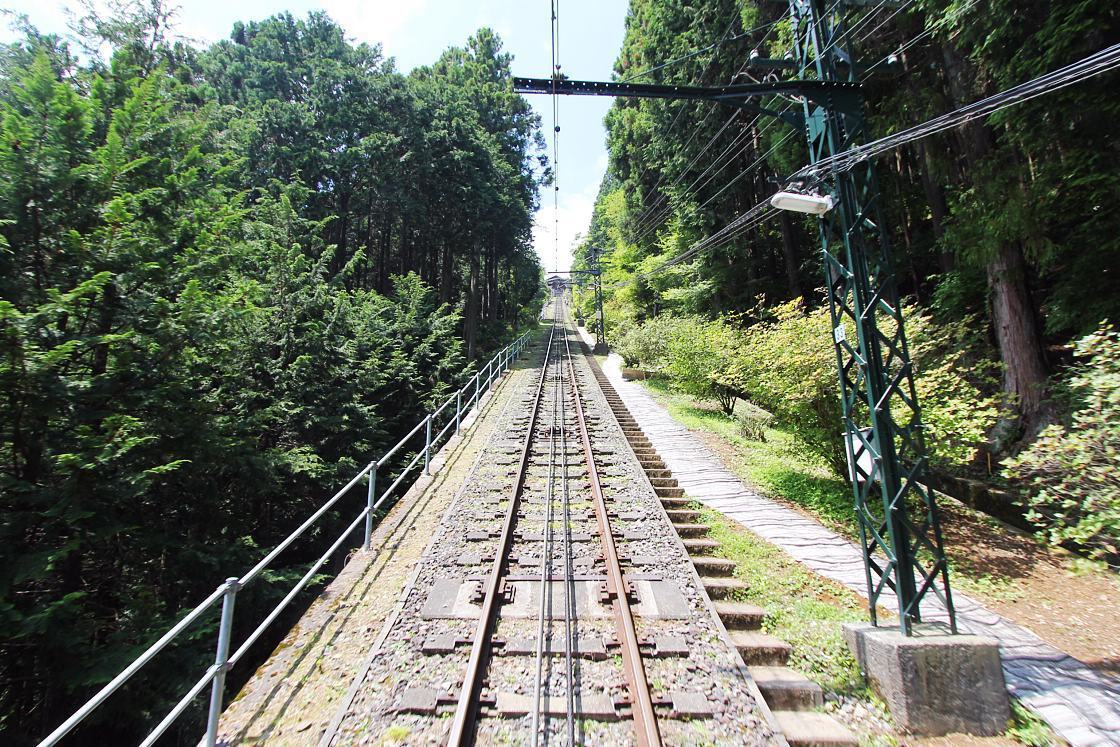
I enjoyed the street's quiet charm, and after walking its length a couple of times and exploring some of the different establishments, I ducked into a quaint restaurant to grab a quick lunch.
I ordered the restaurant's specialty, Japanese curry with venison, and when my meal arrived I found it to be delicious and the perfect meal to start my adventure on the mountain. The deer in these parts are hunted to avoid overpopulation, and certainly make for great eating that allows one to feel a deeper connection with this verdant landscape.
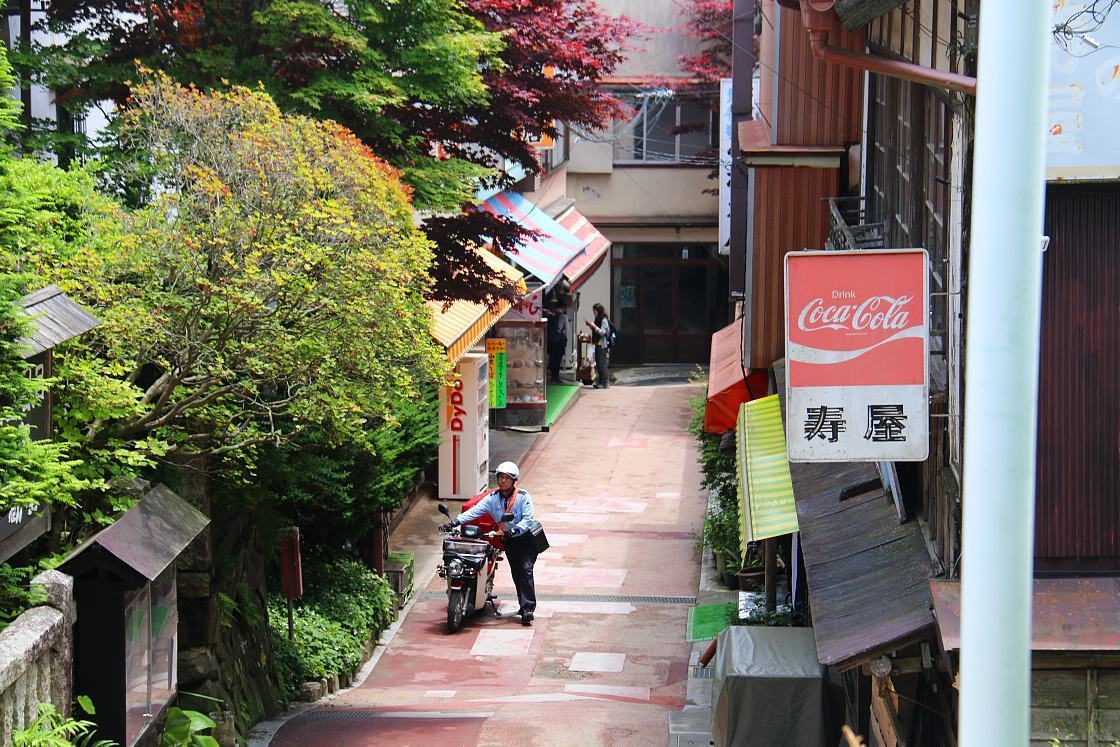

With my stomach full and my mind focused on exploration, I wandered back up the main street and came to entrance of Musashi Mitake Shrine. This impressive shrine has stood at the summit of Mount Mitake as a center of mountain worship for some 2000 years. The shrine's buildings were fascinating, with the main hall adorned with intricate and colorful carvings. I thoroughly enjoyed strolling around the grounds that extended back into the forest, all the while soaking up the serenity of this special place.
Wolves are the protective spirits of this shrine, and there are many wolf and dog effigies dotted about the place. Interestingly, it has become a common practice in recent decades for visitors to bring their pet dogs to this shrine in order to get their canine companions blessed.

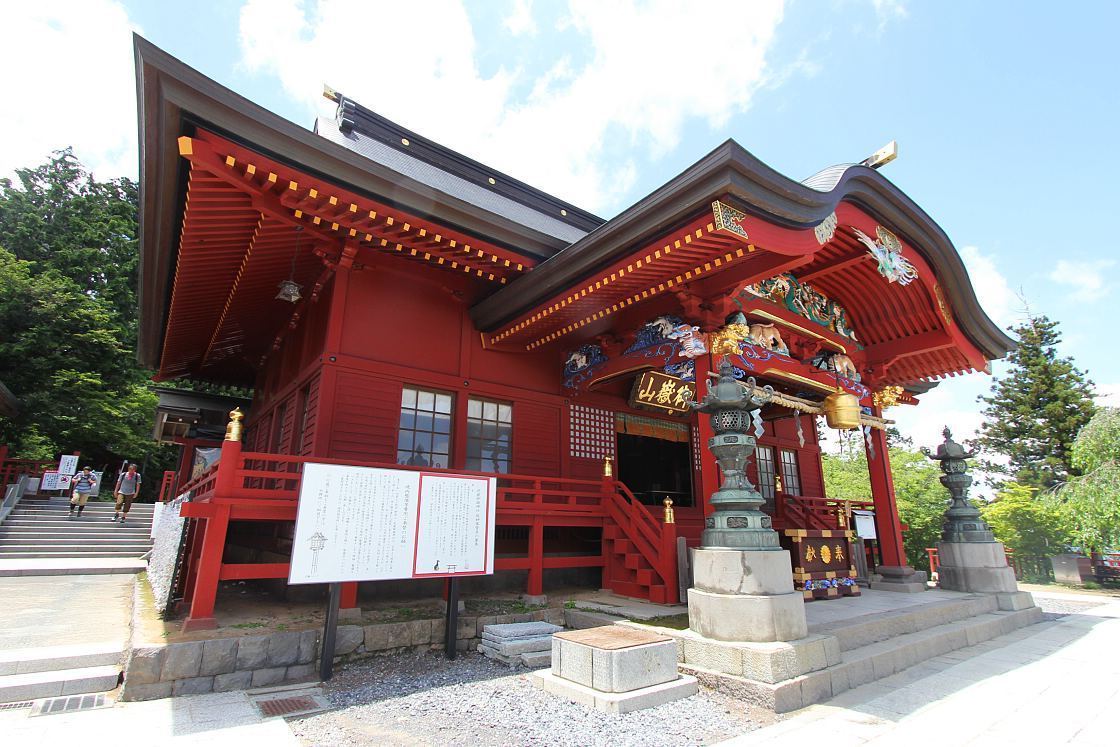
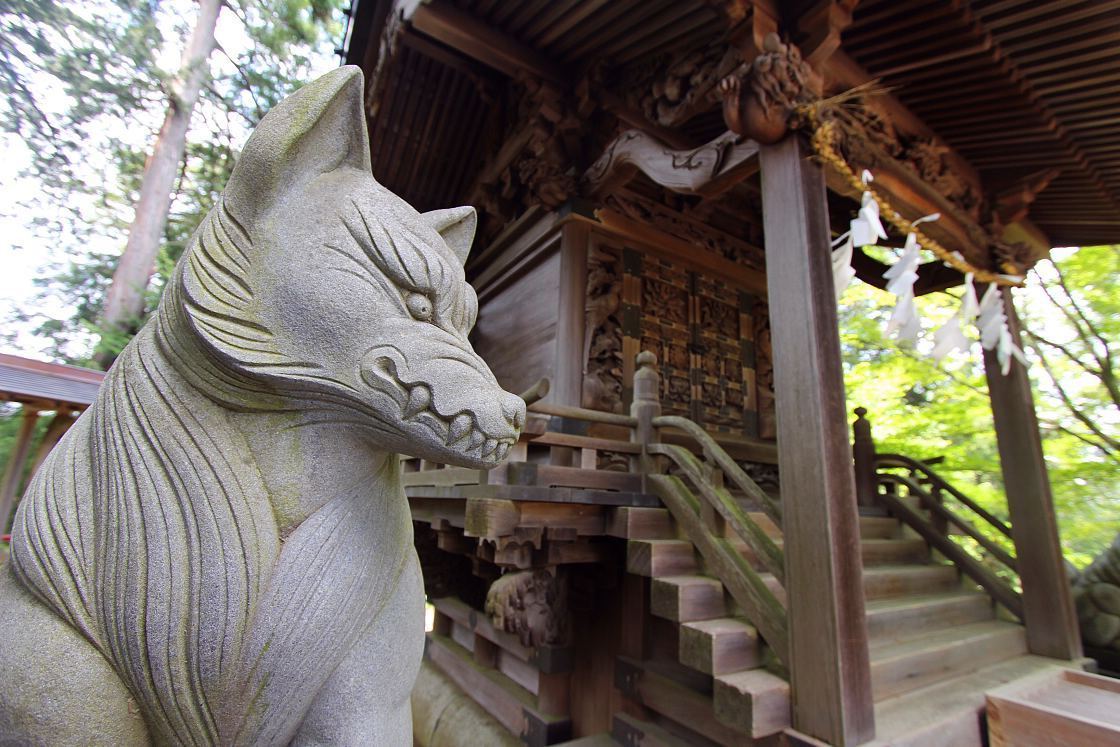
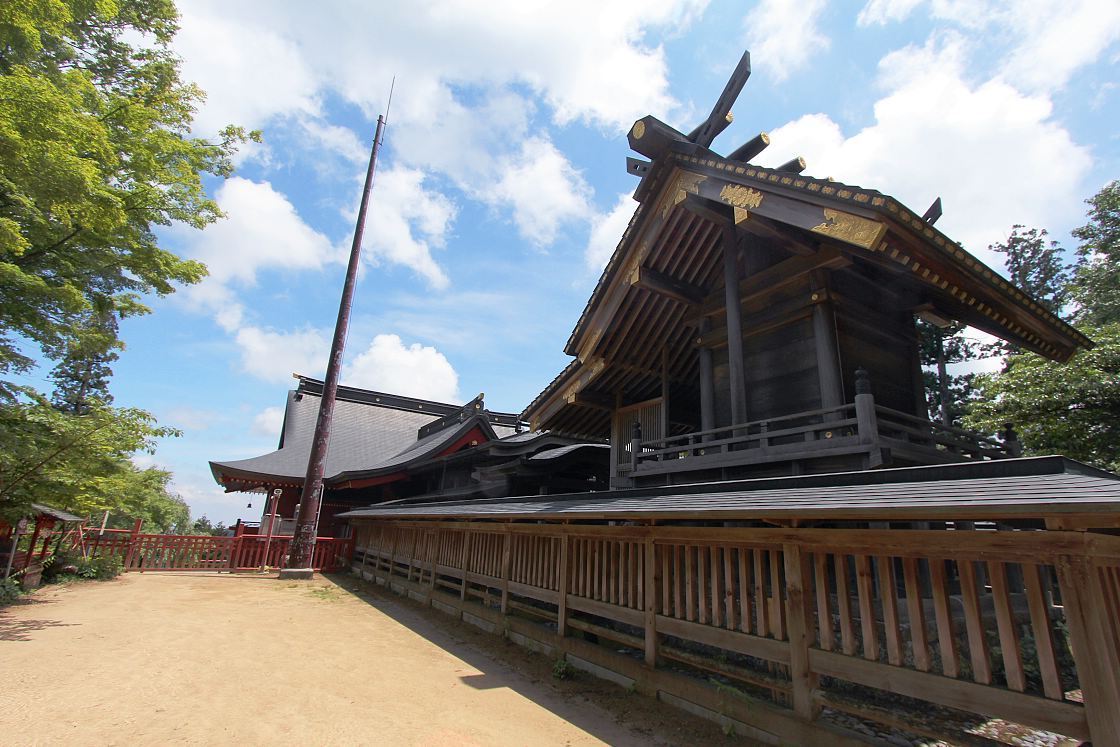
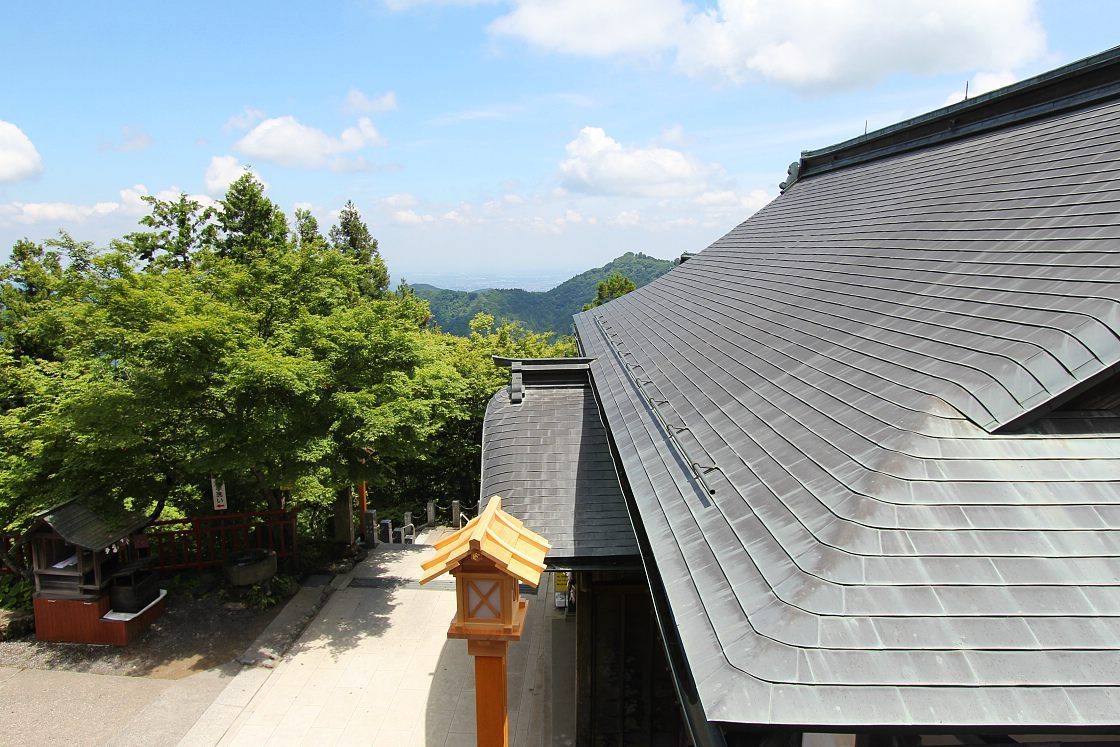
Following a peaceful experience at the shrine, it was time to begin an approximately two-hour mountainside hike that follows trails around a thick forest. I began at the trail head adjacent to the shrine and worked my way down into a mountain valley where I was to see some stunning scenery. The paths around the mountain side are part of a larger network of trails that weave through various areas of the Chichibu-Tama-Kai National Park, of which Mount Mitake is one of the highlights. The trail network is so extensive that it even accommodates two-day-long hikes.
After around half an hour of walking along the gentle pathways, I came to an area of the hike called the Rock Garden, which is characterized by an abundance of moss-covered boulders strewn at either side of a babbling brook. Shaded by the thick canopy overhead, I found the atmosphere around this part of the forest to be wonderfully serene, and the scenery truly magical. A few steps further along the trail brought me to another beautiful feature of the mountain forest, the Ayahiro Waterfall.
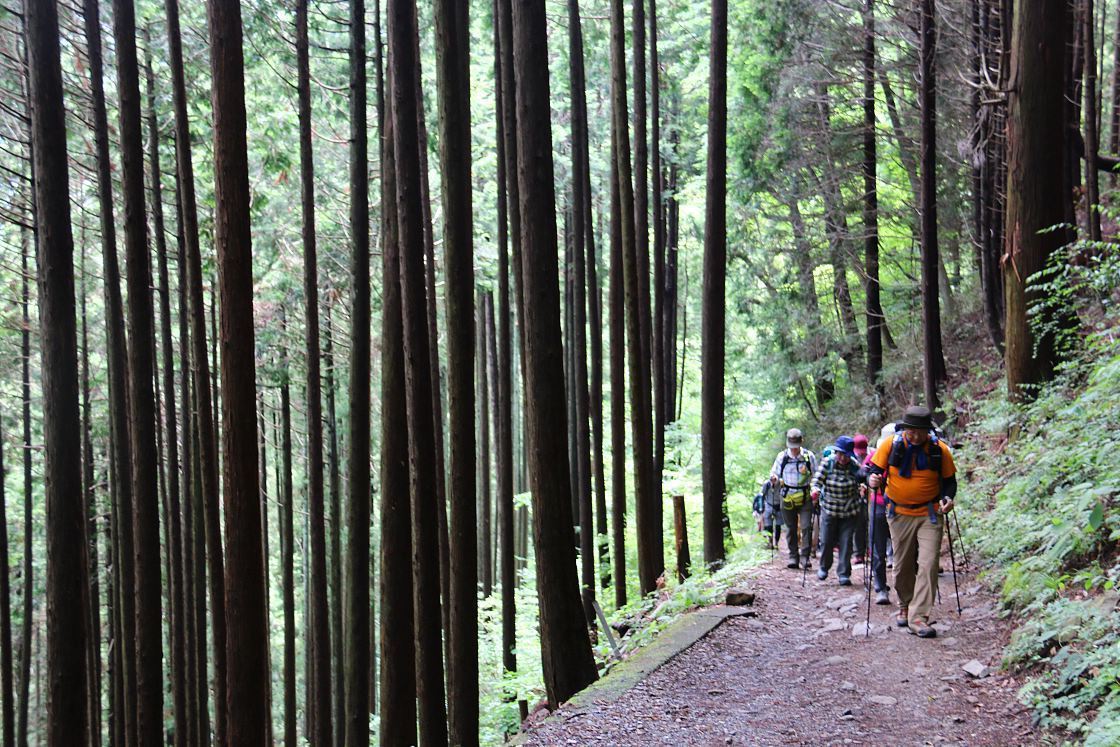
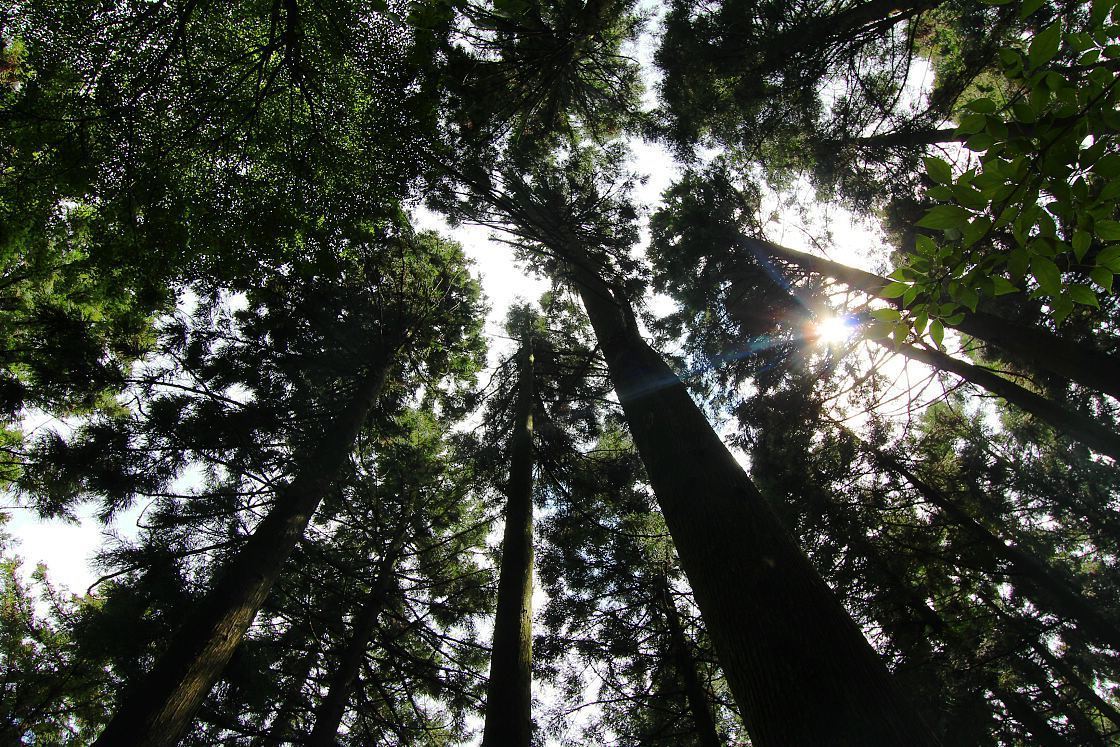
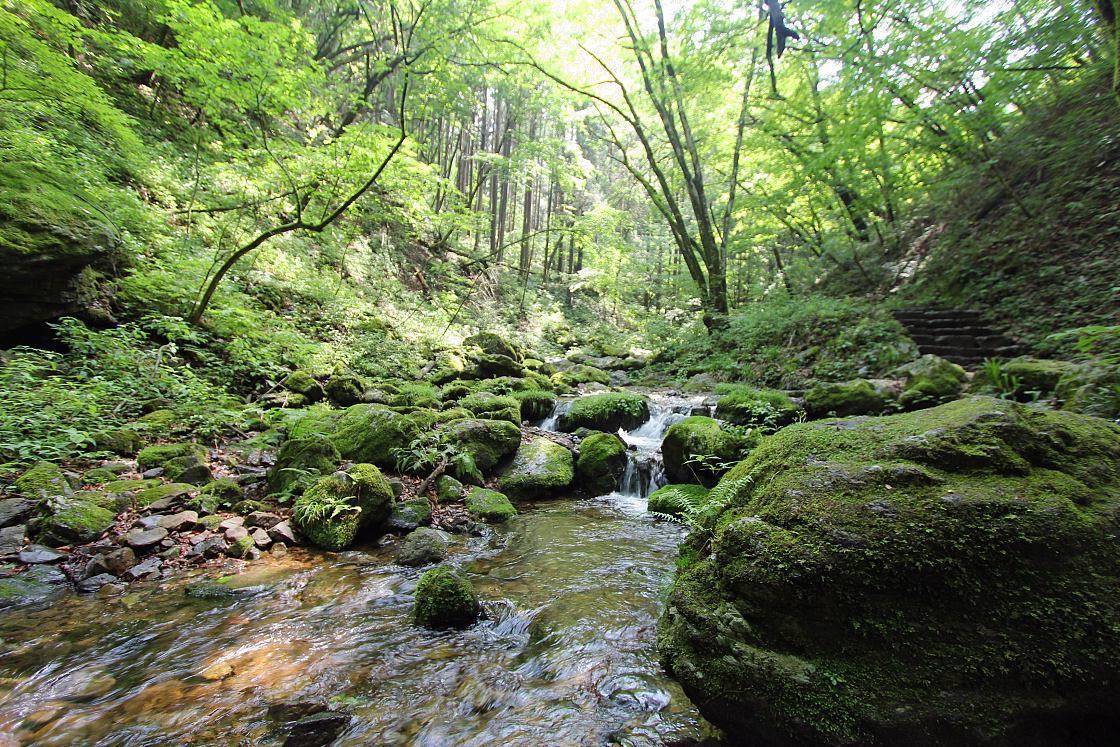
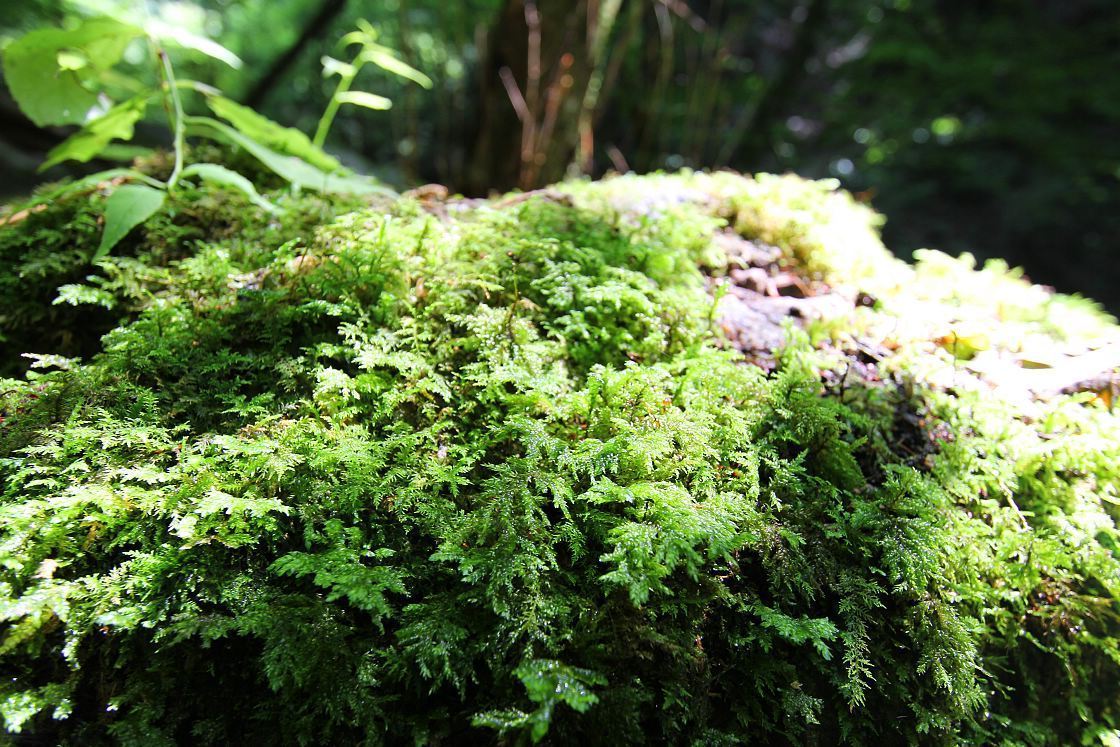
The Ayahiro Waterfall has been held for years as a sacred spot on the mountain, and it is where Takigyo, or waterfall mediation, takes place. This was something I was going to be lucky enough to experience with the help of a Shinto priest the next morning, and coming for a preview of the waterfall made me all the more excited for this experience.
The waterfall itself was beautiful and, listening to the sound of the gushing torrent that reverberated off the surrounding rocks, I found it hard to believe at this moment that I was still in Tokyo. From the waterfall, I walked around half an hour further to end the trail back near the shrine, and then made my way to my lodgings for the night.
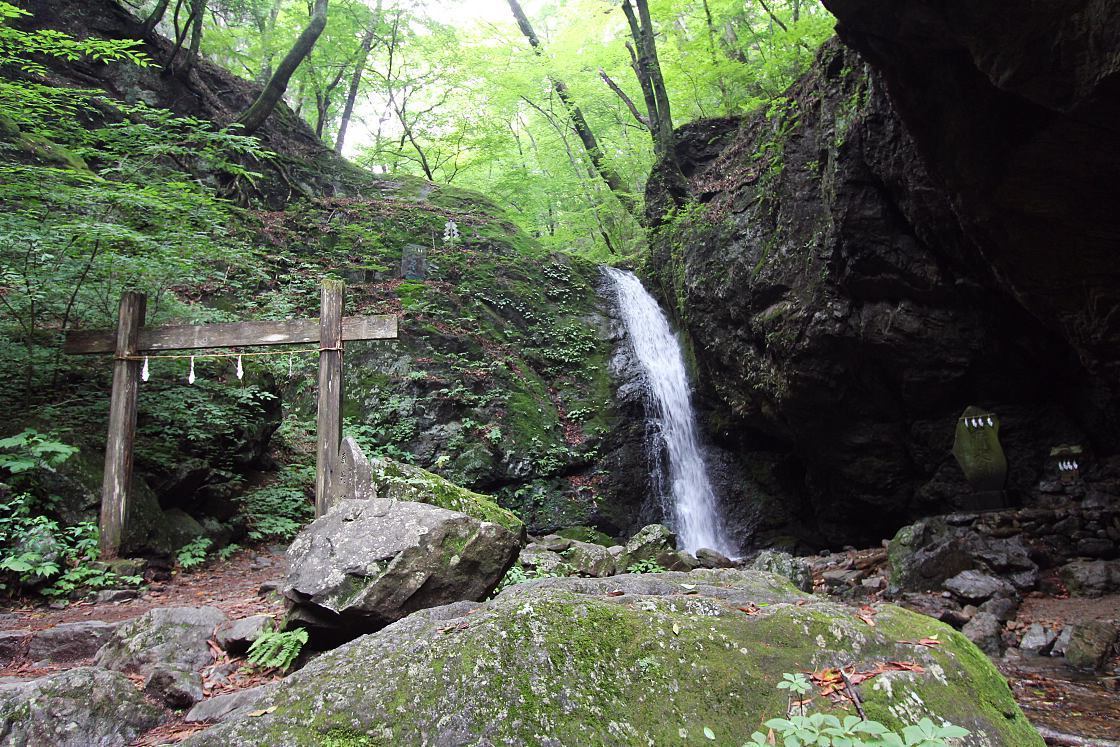
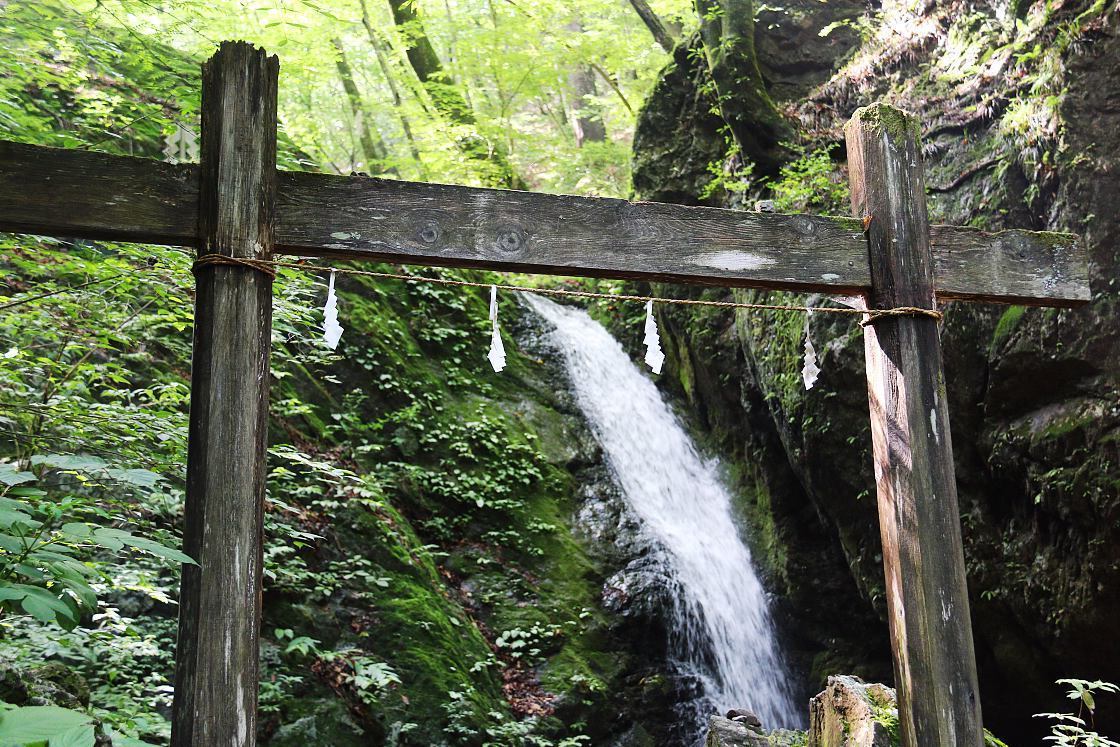
I arrived at Komadori Sanso, the pilgrims inn where I'd be staying the night, shortly before dinner time, and was pleased to be led to a cozy traditional Japanese tatami room with a comfy looking futon and commanding views of the mountainside. Pilgrims inns like this one have been serving pilgrims to Musashi Mitake Shrine for centuries. Today, inns like this cater to tourists as well as pilgrims, and commonly provide nice (if simple) rooms, a bath, and meals for their guests.
The first thing on my mind after unpacking my bags was to bathe, which I was lucky enough to do in the inn's wonderfully rustic wooden tub. After enjoying a blissful soak that soothed my aching muscles, I headed to the dining room where I was treated to a delicious dinner of traditional foods including trout, steamed vegetables, tofu and rice with bamboo sourced on the mountain. I thoroughly enjoyed the fantastic fare, especially after a day of mountain exploration. After dinner I retired to my room and enjoyed a good night's sleep.
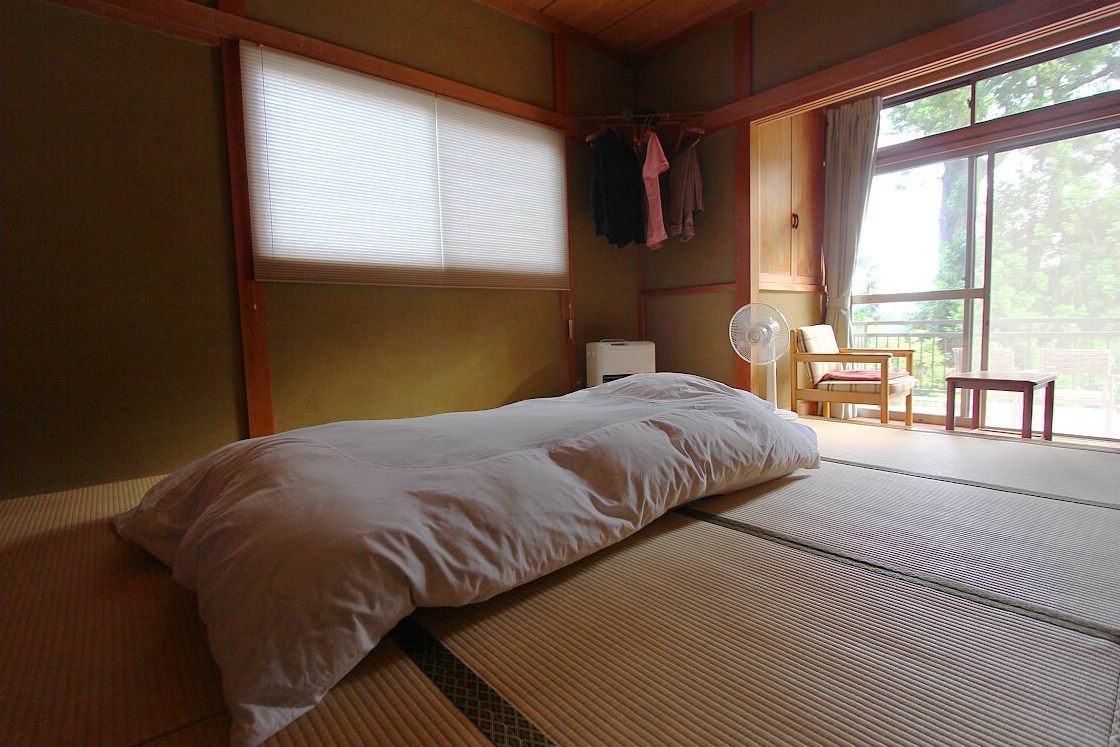
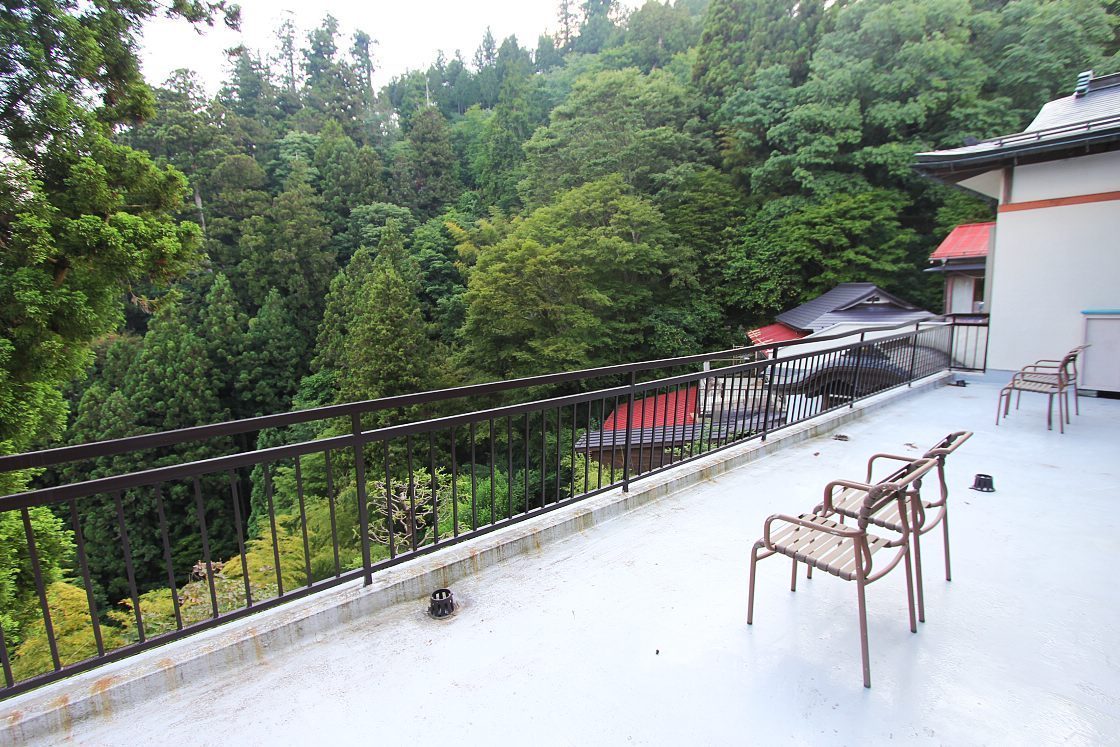
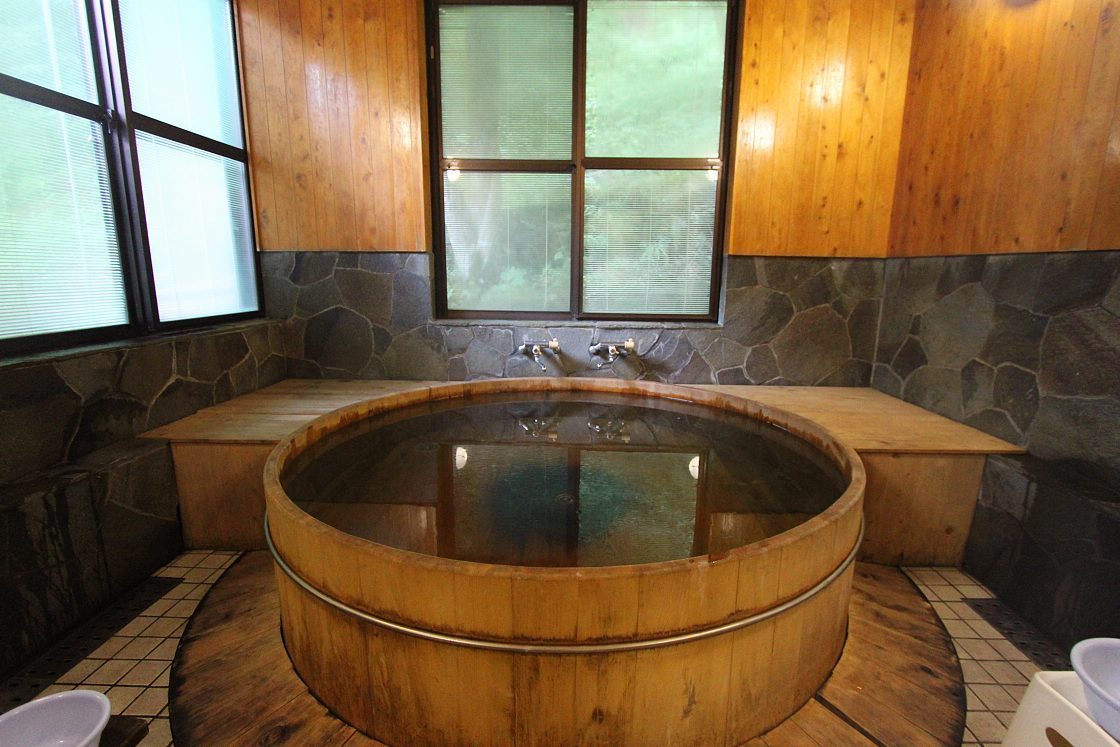
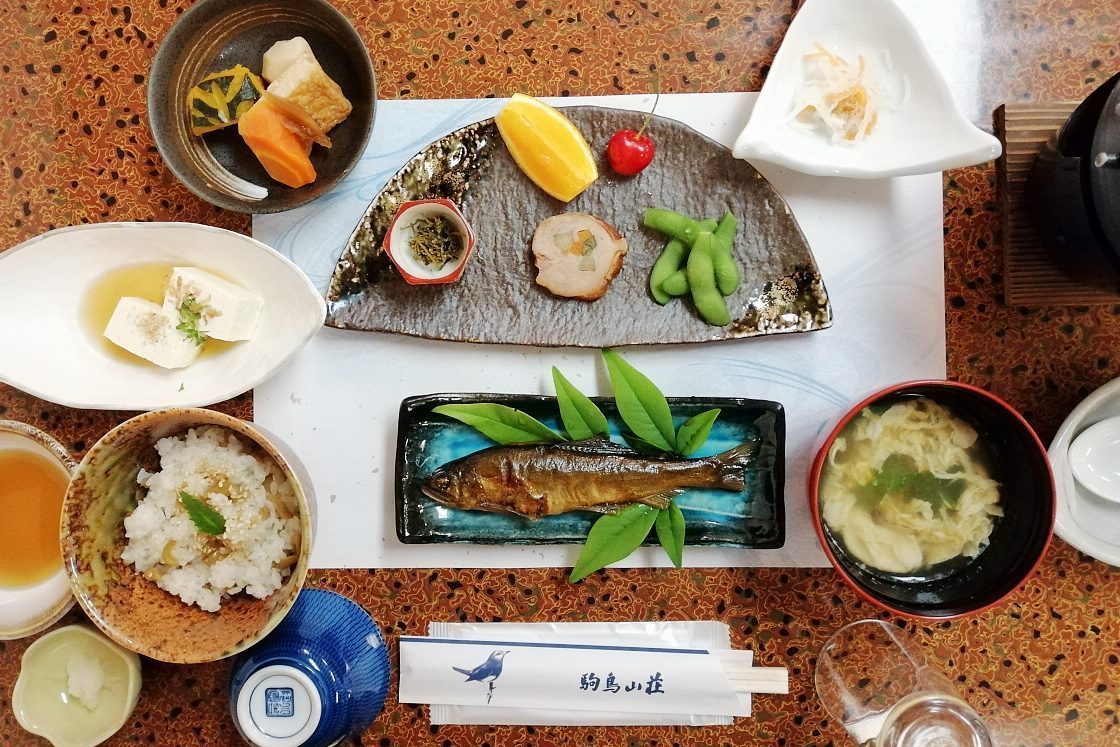
Day 2
My second day on Mount Mitake began around 5am when I rose early to participate in a waterfall mediation ritual. The pilgrims inn owner and Shinto priest led me on a hike through the forest back to the Ayahiro Waterfall.
The entire process involved in the waterfall meditation is alluringly mystical, with strict rules involved that extend to the hike down to the waterfall. Such rules include no talking along the way. It is also advised to look forward throughout the hike, as looking back is considered not good for the spirit.
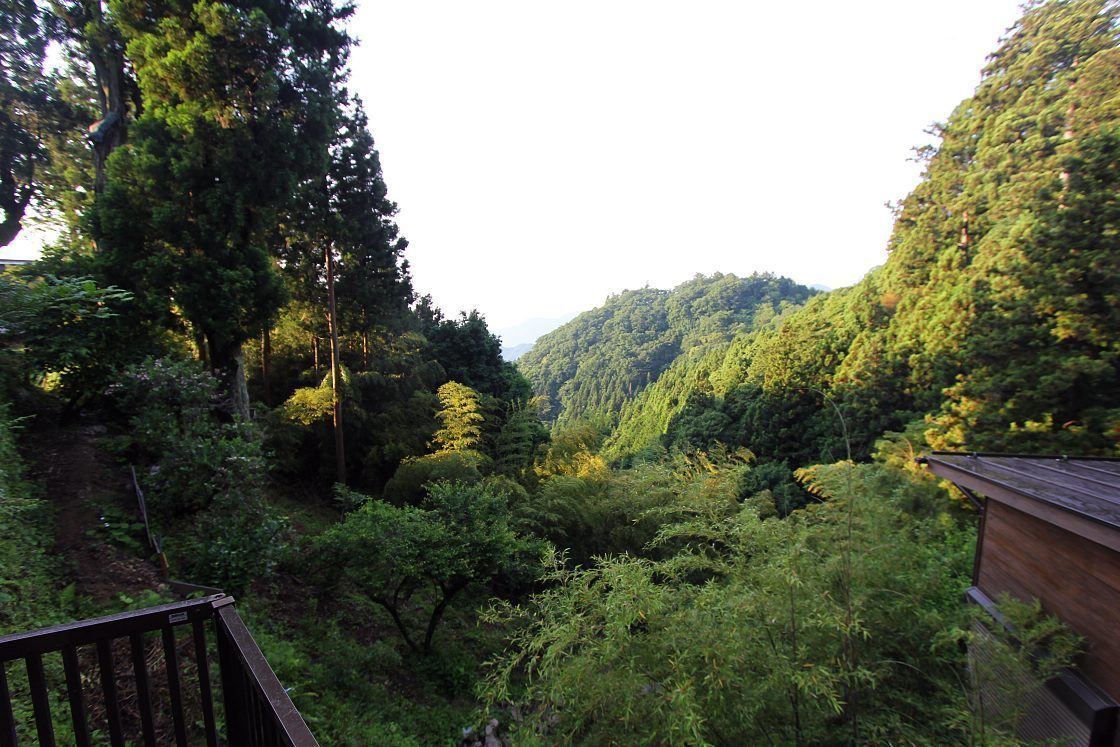
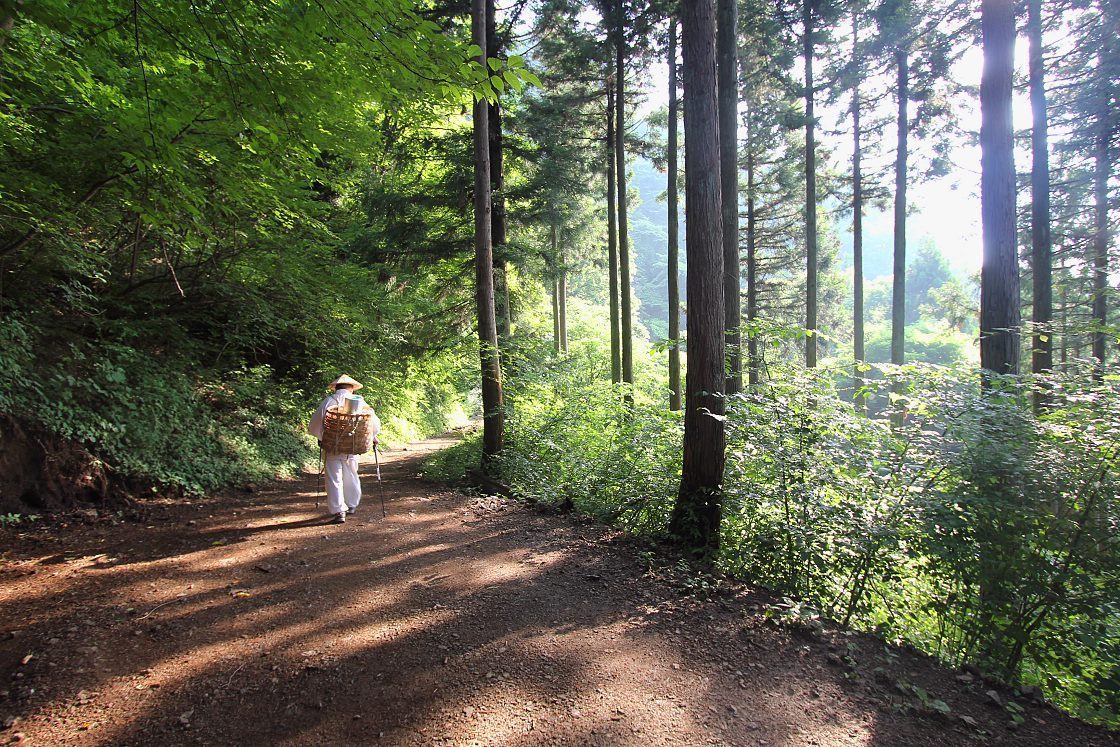
After the half hour trek through the forest, we finally arrived at the waterfall and began to change into the traditional attire worn for the ritual which for men consists of little more than a loin cloth (women traditionally wear a white robe). Following a brief explanation, the priest gave a prayer to the gods and then led me in preparation of the meditation by doing some simple exercises and splashing myself with the river water to acclimatize my body.
Soon enough, it was my turn to meditate, so I stood under the waterfall and shouted a sacred chant between breaths in order to cleanse my body and spirit. This process was repeated as I entered the waterfall three times to make the meditation complete. The water was not too cold, but cold enough to make for an intensely refreshing and enjoyable experience. After changing back into my normal clothes, I was silently led back to the pilgrims inn.

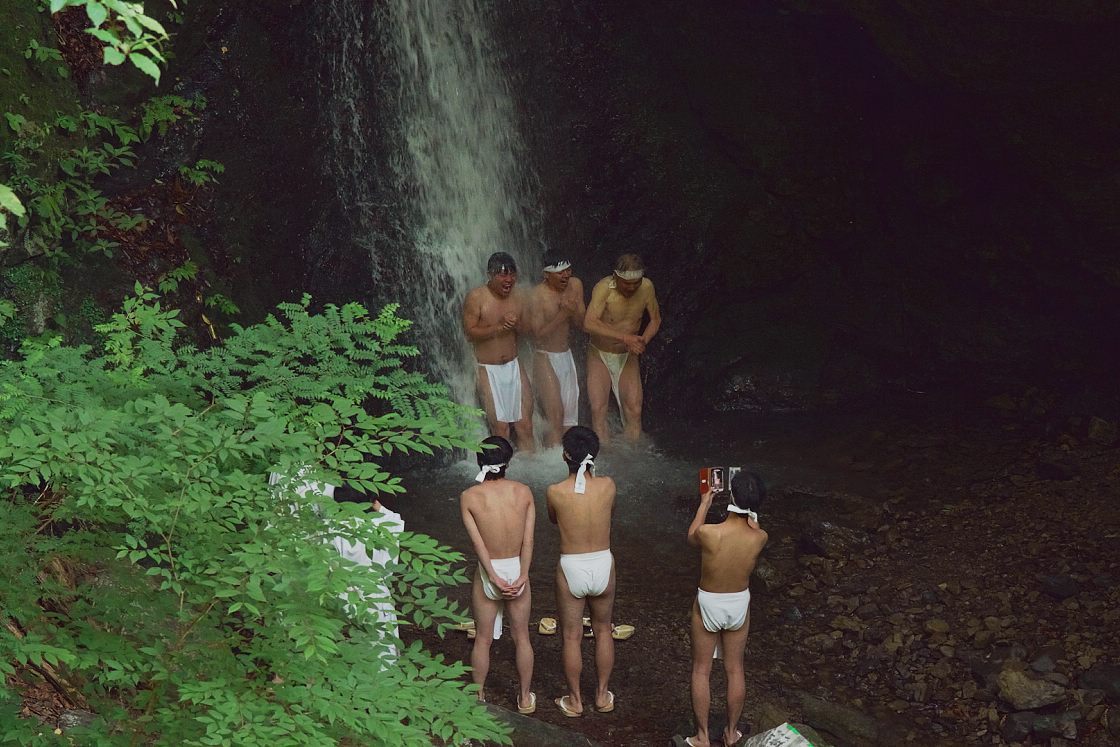
After arriving back, we went to the inn's shrine where the priest performed an atmospheric closing ritual in which he banged drums and chanted in sacred tongues to complete the spiritual cleansing. Shortly thereafter I sat down for a breakfast of mackerel, locally sourced bamboo, pickles and miso soup.
The meal was particularly enjoyable after such an exciting morning, and I relished the typically delicate flavors and soaked up the nice ambience of the inn. After breakfast it was time to leave this beautiful place, so I checked out and sauntered back through town before boarding the cable car back down the mountain and towards central Tokyo.

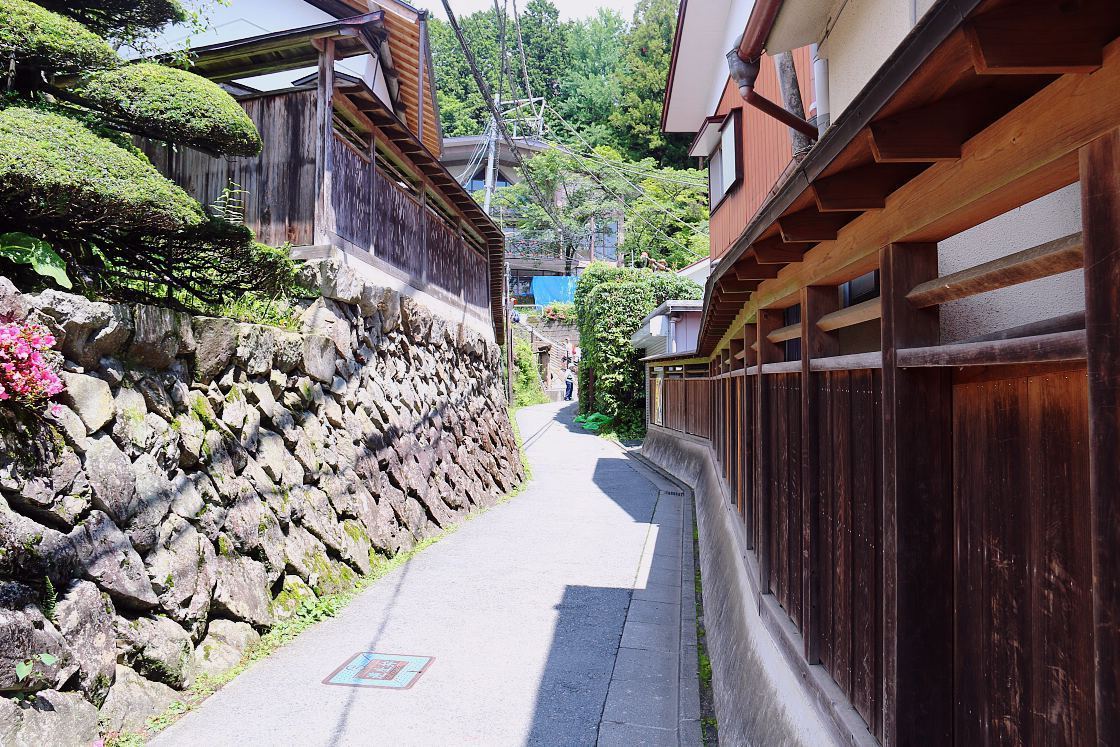
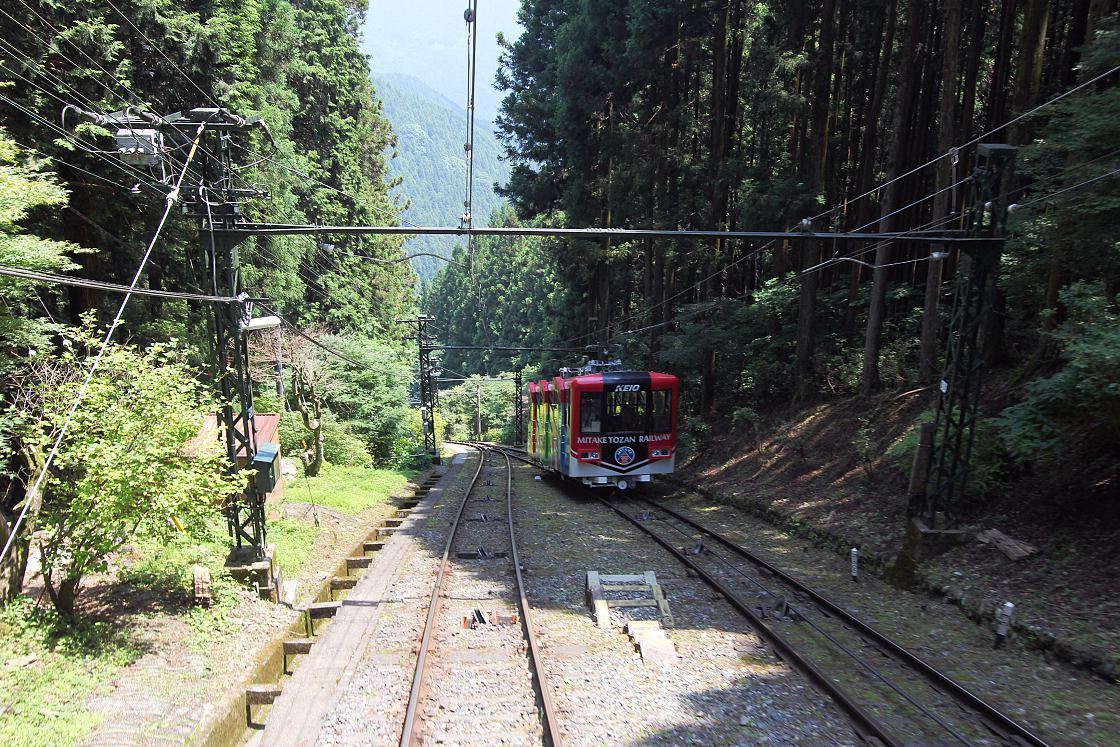
Access
From Shinjuku Station in central Tokyo, take a train on the JR Chuo/Ome Line to Ome Station, and then transfer to a local train to Mitake Station. With a good connection, this journey takes around 80 minutes and costs around 1000 yen one way. Note that only a few trains per hour go directly from Shinjuku to Ome. Otherwise, take the JR Chuo Line to Tachikawa, and then transfer to the JR Ome Line to Ome.
Mitake Station and the lower cable car station are connected via buses that depart once to twice hourly. The one way journey takes seven minutes and costs around 300 yen.
